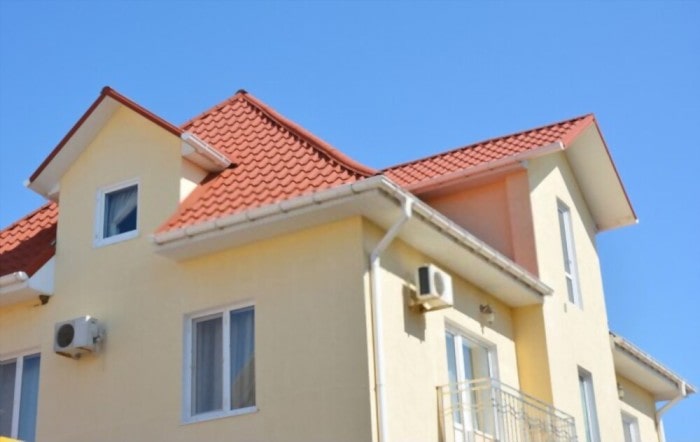
The damages that natural disasters cause to our homes’ first protective wall – our roofs, have prompted the discovery and manufacturing of roof protective measures (click here to learn more). Most roof damages occur mostly during the winter, when hailstorms, strong winds, and tornadoes come to take their due course. During these natural occurrences, properties are lost, and sometimes precious human lives are lost too.
Since there’s nothing we can do to put an end to these natural occurrences, some preventive measures have been manufactured. One of these discoveries is the cover board.
Like its name, a cover board protects the roof from various external factors. A cover board is a thin material that is used to protect the roof from harsh weather conditions.
Because of the increased demand for variety, cover boards come in different shapes, colors, and sizes to suit everyone’s taste. Cover boards are used to protect a roof from fire and hail mostly. This is not to say that there aren’t other functions that it performs; later in this article, I will explain all the essential functions of a cover board.
When the cover board was first invented, it was primarily for commercial purposes. A lot of homeowners refused to buy it because of its lack of flavor, but that problem has been remedied. In addition to the above-listed functionalities of the cover board, it can serve as impact-resistant and helps to extend a roof’s life span.
The only disadvantage that might come in mind when the cover board is mentioned is its cost. Yes, it is costly. But when a homeowner compares this cost with the explicit and implicit price that comes from the aftereffect of the impact of a hailstorm or a fire outbreak, you all will agree with me that it is considered cost-effective. Let us briefly look at the types of roof cover boards.
Types of roof cover boards.
A lot of homeowners get confused when choosing the right cover board for their roofs. The truth is, all the cover boards have a common function and are only differentiated by minutiae characteristics. The most important things to consider when choosing cover boards are the cost, the material weight (something that your roof can carry), the weather condition of the region you reside in, and the things required for its maintenance. Besides that, the type of cover board you choose doesn’t make any significant difference.
However, for transparency’s sake, I will go ahead and list the types of roof cover boards that are in existence.
- Perlite
- Plywood
- Gypsum and gypsum fiber.
- Cement
- Asphaltic
- Mineral fiber.
- Wood fiber etc.
Functions of roof cover boards.
- As fire resistance: Every adequately installed roof should have insulation, except in a situation where a homeowner decides that heaters and fireplaces are enough. Roof insulation, if installed, are sadly very combustible, but because of their importance, we must still use them in our roofs. Then comes the cover board, which serves as fire-resistant.
- As an impact barrier: Cover boards can help protect the roof from both external and internal impacts. External impacts may include the effect of a hailstorm, airborne debris, etc. Internal effects include physical damage done on the roof during installation. During roof installation or re-roofing, some internal damages are done on the roof. Mostly due to traffic, foot traffic. The presence of a cover board will significantly reduce these external and internal damages.
- To re-strengthen an old roof: Although it is not advised to install a new roof on an already existing one, the roof cover board also has the functionality of being able to re-strengthen an old roof. Most homeowners place a new roof on the old one in a bid to reduce reroofing costs. Good for them, because the cover board is the stone you should use to kill the two cost and effectiveness birds.
- To reduce problems associated with low slope roofs: recall that I said the roof cover board was first used in commercial buildings. Commercial buildings were mostly built with low slope roofs because size had a higher priority than style for commercial roofs. Therefore, you will agree with me that roof cover boards were primarily used in low slope roofs. Because of its steep or downward slope, water and ice don’t run off like in other roof styles. This will give rise to problems like edge cavitation, shingle cupping (center of a shingle will depress), delamination or detaching (between the roof membrane and the shingles), roof powdering, and other low slope roof problems. The invention of the roof cover board might not necessarily stop the occurrence of these problems, but it will reduce the effect of such issues on the roof.
Although cost should be considered when carrying out roof installation, a homeowner should also know that the safety of his/her family depends on the quality of materials he/she uses in the installation or repair of a new roof. Homeowners in climates that are prone to fire and wind damages should critically think about the pros and cons of carrying out a roof installation without a roof cover board.
